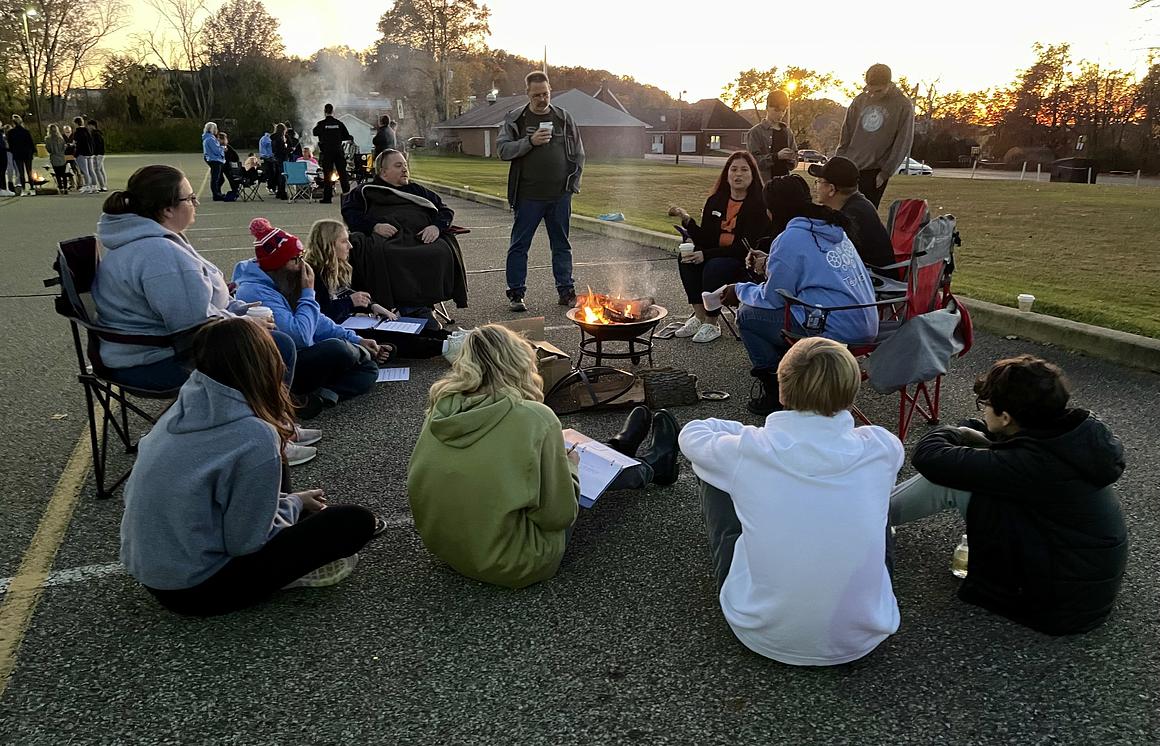We needed to work on building trust, internally and externally, and on strengthening relationships to break down barriers at many levels. We have a supportive, small, close-knit community but struggle with attendance for educational events beyond parent-teacher conferences, sports, and music events. It felt like one-way conversation and we wanted to push to the next level and make it two-way.
Burrell School District
Overview
4
140
1738
About the implementation
The idea for “fireside chats" came from brainstorming. We asked ourselves: What is something different from what is already done? What can we pull off quickly and easily? Initially we thought about a bonfire and realized that making our event more intimate was a better idea. Partnering with the fire/EMS, we had 6 fire pits in the high school parking lot. Parents joined one of the chats alongside teachers and administrators. The fire/EMS supports even formed a group. We had a separate chat for middle schoolers and one for high school kids. We had a great community conversation!
People overall have had a positive experience with the district, but many hidden things had started to surface...some came out through earlier empathy interviews but more through 10 coffee chats we had hosted in various locations accessible to parents. Attendance was initially low, which was discouraging, but we had great conversations with the people who came. We have seen those who attended the coffee talks come back for future events, with our attendance increasing each time! It was the start of building trust.
Impact
The most rewarding thing was building relationships, ones that didn’t exist before – with parents and with the community. For example, the Fireside Chats led to a great partnership with the fire department. They had helped manage the fire pits and had ideas for partnering with the school and the community. Other learnings emerged too.
Learning Journey
Location
Our work took place in Burrell School District, a small, rural, public school district located in northern Westmoreland County, Pennsylvania. The district is 18 miles (29 km) northeast of Pittsburgh. The District serves the City of Lower Burrell and Upper Burrell Township and covers 27 square miles (70 km).






